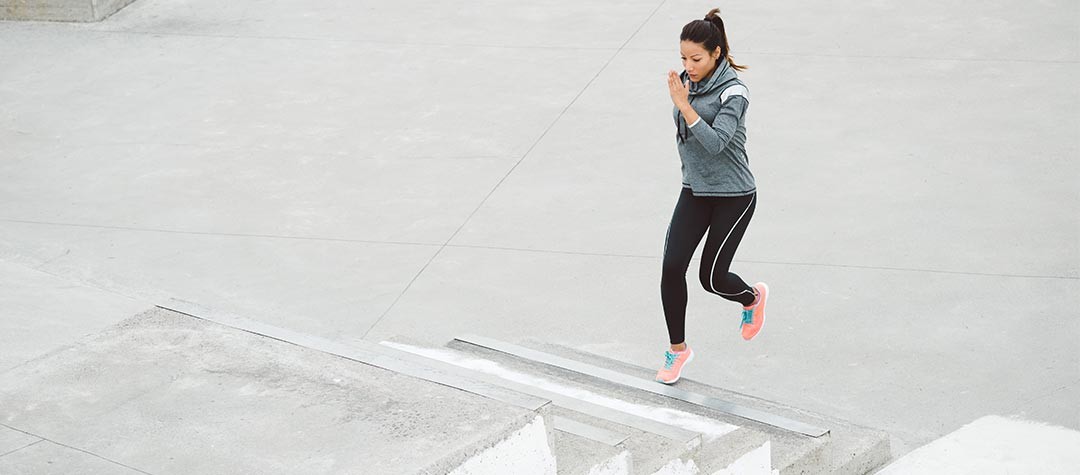As a distance runner, injury is unfortunately an occupational hazard. It's the cause of much misery, frustration and many missed races. However, there are some simple steps that you can take to ensure that your body is strong enough to cope with the demands of your training load and to guard against injury.
The best strength and conditioning exercises are those that are functional and specific to running. After all, there's little point in being a pro at doing exercises on a mat if you can’t then apply strength or core stability whilst running! Check out the following exercises to help you to remain robust and on the road:
1. Dead bugs
This is an exercise that aims to strengthen the core stability in the muscles that lie deep in your abdomen and connect to the spine, pelvic girdle and shoulders, whilst moving your arms and legs. This enables you to better control whole body movement as you run and leads to improved posture, form and efficiency.
Lie on your back with your arms raised straight to the ceiling and your legs bent in a 'table top' position with your shins parallel to the ceiling. With control, slowly lower your right arm and left leg to the floor. Make sure that you don't allow your back to arch or your abs to dome. Slowly return to the starting position and repeat with the opposite arm and leg.
2. Calf raises
Every time that your foot strikes the ground an impact of more than three times your bodyweight travels up through your lower legs. That’s a lot of shock for your calf muscles to absorb! It goes without saying that your calf muscles and Achilles tendons need to be strong enough to withstand this impact.
Stand on a step with your heels hanging over the edge. Raise up onto your tiptoes and then concentrate on lowering your heels slowly back to the starting position. Once you have mastered lowering on both legs you can progress to single leg. Aim to build up to three sets of twenty five reps.
3. Tibialis posterior exercise
Your tibialis posterior is an incredibly important muscle and tendon when it comes to stabilising your lower leg. It plays a major role in helping to control the medial arch in your foot, which helps to prevent over-pronation.
Sit on the floor or a chair and loop a thera-band around your foot. Anchor the thera-band around a fixed object. Turn your foot inwards against the resistance of the band as if to look at the sole of your foot. Aim to build up to three sets of twenty five reps.
4. Runner touch
This exercise works on your dynamic stability and glute strength, both of which are crucial for correct alignment and control when running. Start in a textbook running position, with one knee held high at 90 degrees to your torso. Balancing on one leg, hinge at the hip to touch the toe with the opposite hand. Make sure that the standing leg stays stable and prevent the knee from collapsing into the midline. To do this you will need to switch your glutes on. Return to the running position without losing your balance.















